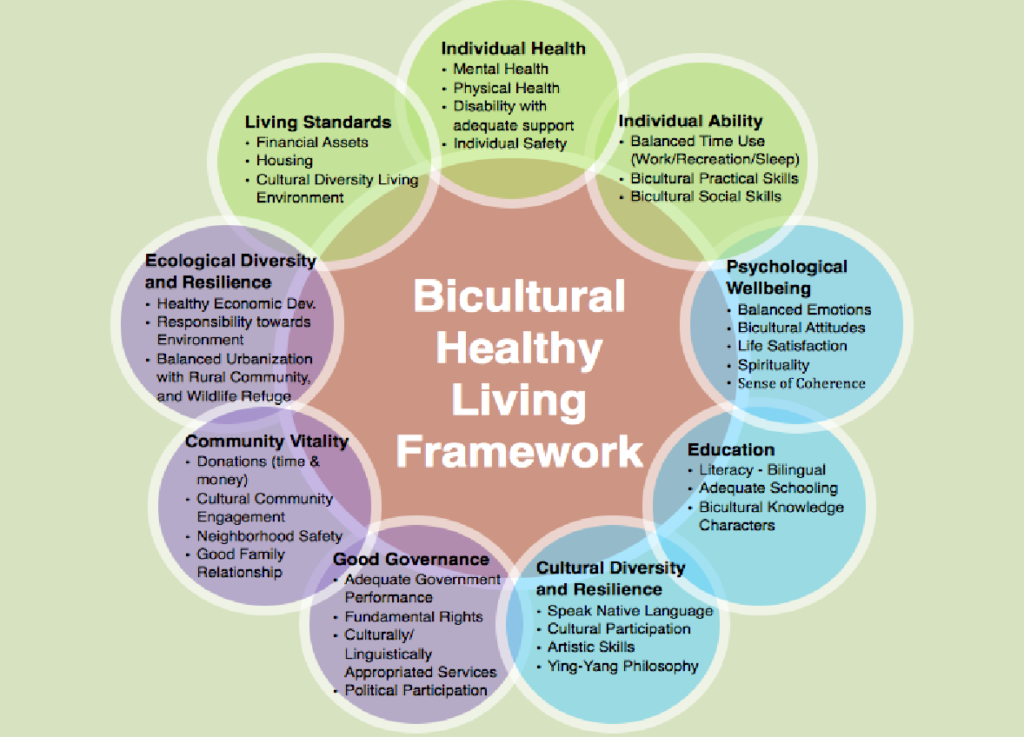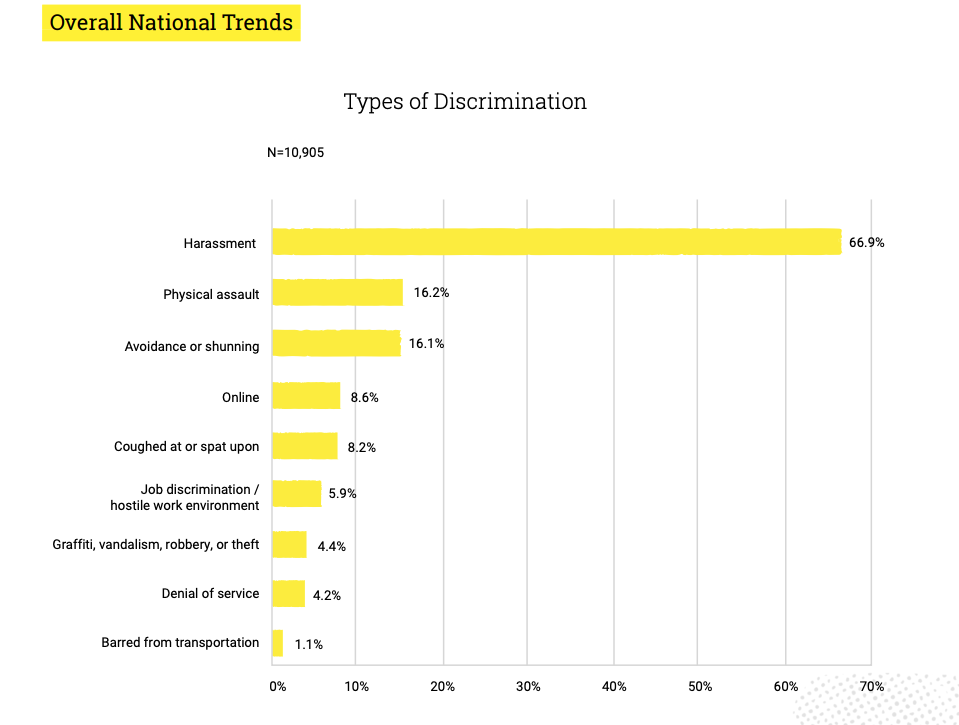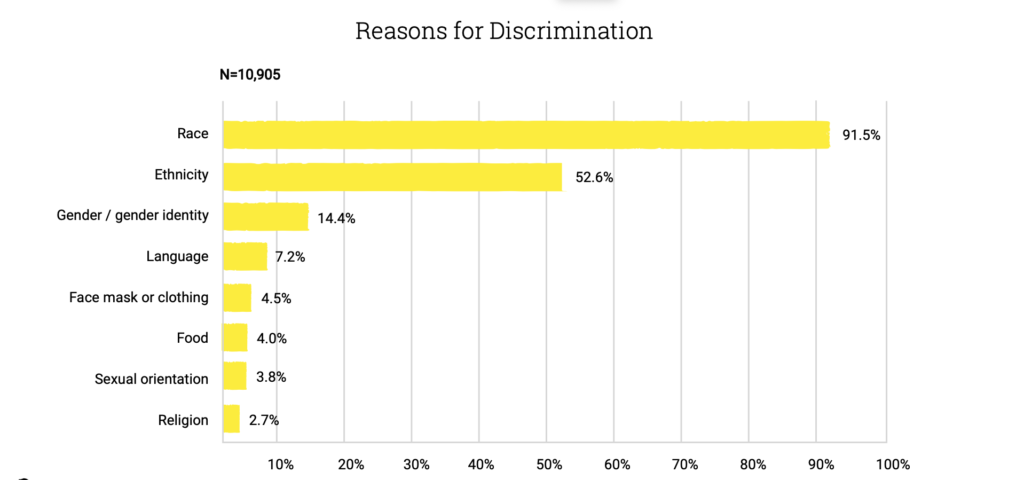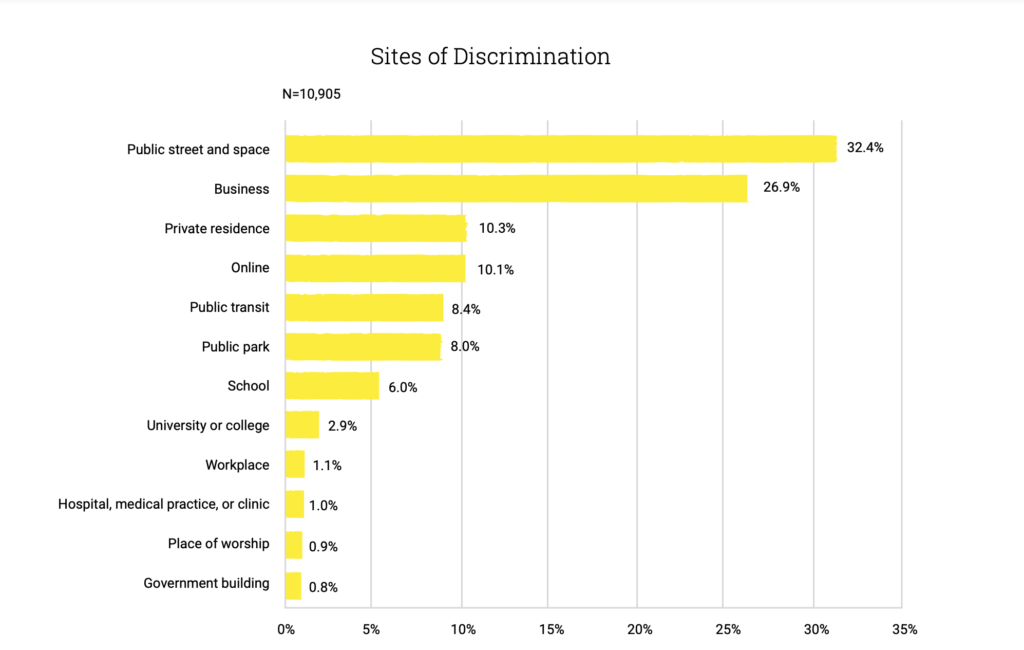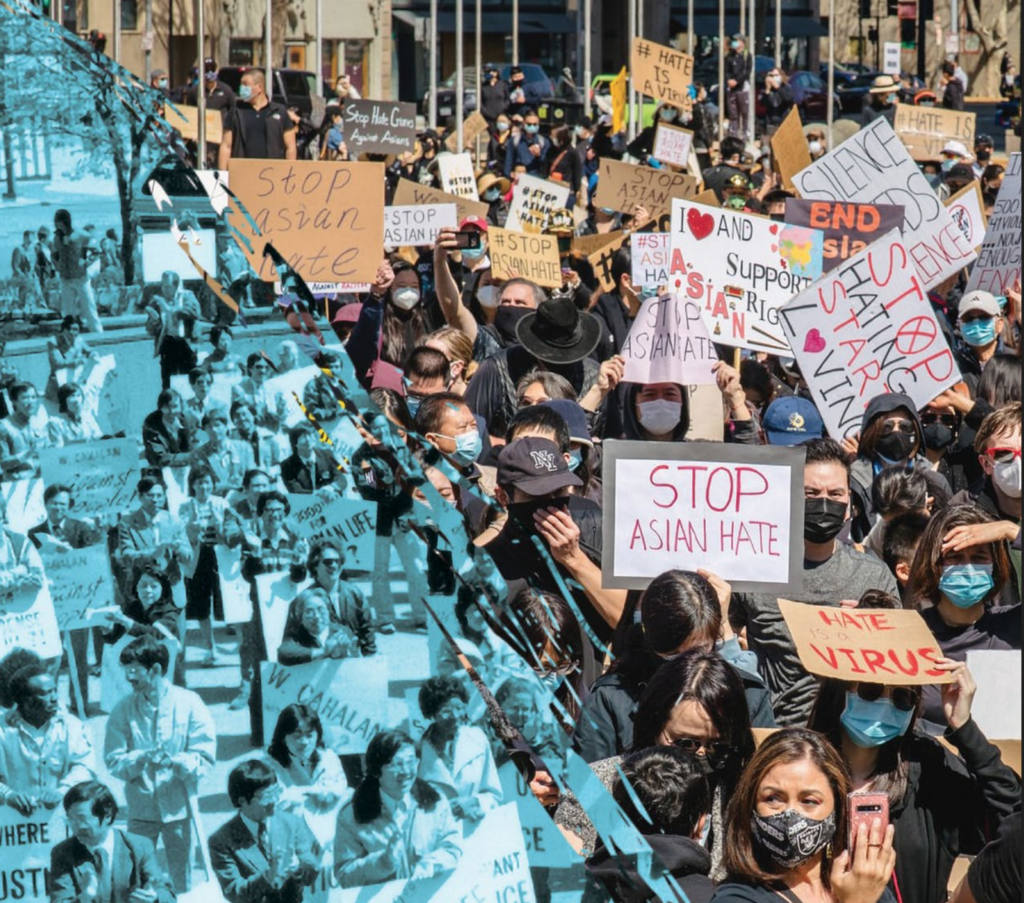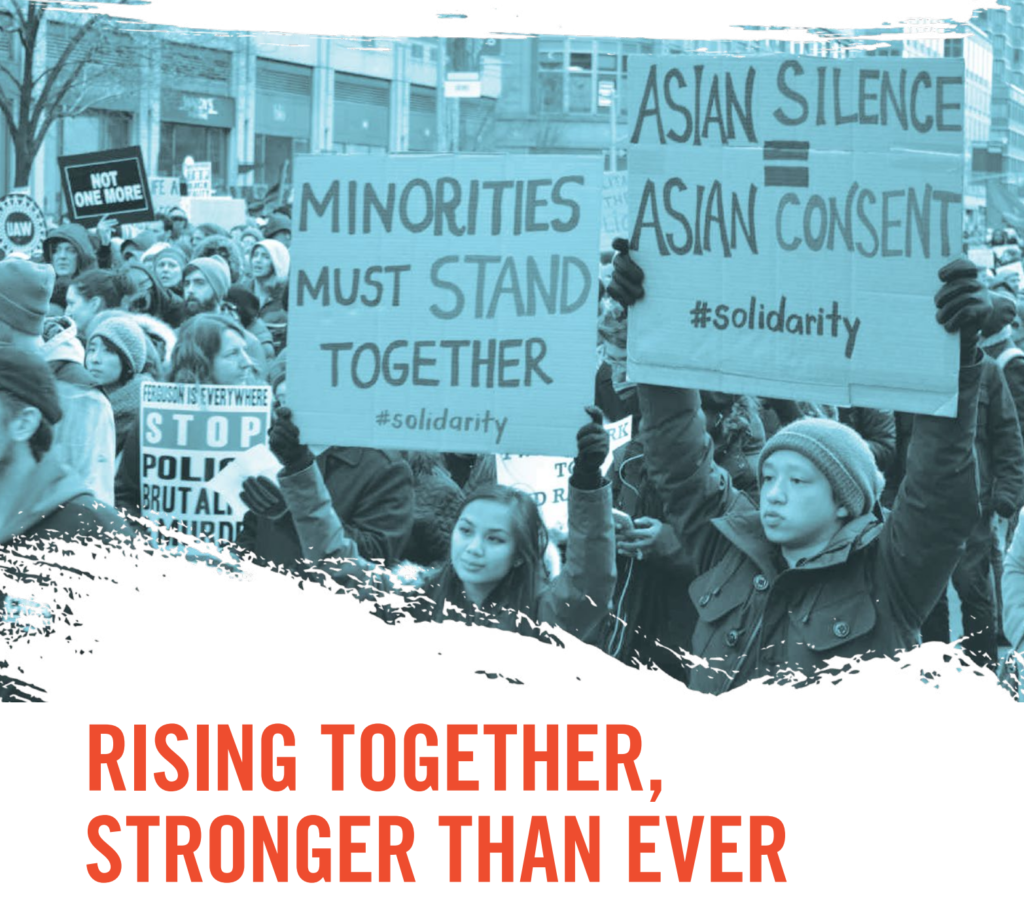Mental health is essential at every single stage of our life, from childhood and adolescence through adulthood. It incorporates psychological, emotional, and social well-being. Also, our mental health plays a vital role in our life because it helps us determine how to manage stress, make choices, and connect with others. Mental health impacts how we feel, act, and think. Throughout our life, we experience mood, behavior, and considering changes, which could be affected by family history of mental problems, life experiences, and biological factors. Resilience means the outcome and the process of successfully overcoming and adapting to strenuous and challenging life experiences. It protects us from several mental conditions like anxiety and depression. Furthermore, Resilience can help to offset factors that increase the risk of mental health conditions. Therefore, building Resilience helps us to adapt and confront stressful situations in our lives.
“Our mental health is something that impacts our eating and sleeping habits and has a lot to do with our physical health as well. It is important to address our mental health needs, or oftentimes we will feel the impact of it in other areas of our health as well”(Bisma, 2021).
(Bisma, 2021)
Mental is a massive issue for Asian Americans in the United States. As the Centers for Disease Control and Prevention (CDC) noted, around one in five adults experience at least one type of mental health condition every year. For example, the U.S. Department of Health and Human Services Office of Minority Health estimated that 60 percent of Asian individuals were less likely to have received mental health treatment than non-Hispanic whites in 2018. Therefore, making mental health awareness is a priority.
As noted by Mayo clinic staff “Resilience means being able to adapt to life’s misfortunes and setbacks. Test your resilience level and get tips to build your own resilience” (Mayo Clinic, 2022).
(Mayo clinic, 2022)
Regrettably, there is a significant stigma related to mental health; however, it is vital to recognize and acknowledge that without good mental health, people can not overcome barriers and function productively. To perform well in our daily routine, mental health is the key that helps us to make decisions accurately. Having a state of well-being helps individuals realize their abilities, and it can help them cope with everyday stress, work productively and fruitfully, and contribute to the community.
Building resilience enables people to understand and underpins our individual and collective abilities. It allows us to build relationships and shape our world, which is essential to socio-economic, personal, and community development. Moreover, building resilience varies from person to person, and factors that help us to strengthen our resilience include our emotional, social, and individual skills. Positive social interactions, decent work, community cohesion, safe neighborhood, and quality of education are significant to build strong resilience and good mental health.
References
Bisma, A. ( 2021). The importance of mental health. Talkspace.
U.S. Department of Health and Human Services Office of Minority Health. (2021). Mental and behavioral health- Asian Americans. https://minorityhealth.hhs.gov/omh/browse.aspx?lvl=4&lvlid=54
Mayo Clinic. (2022). Resilience: Build skills to endure hardship.


